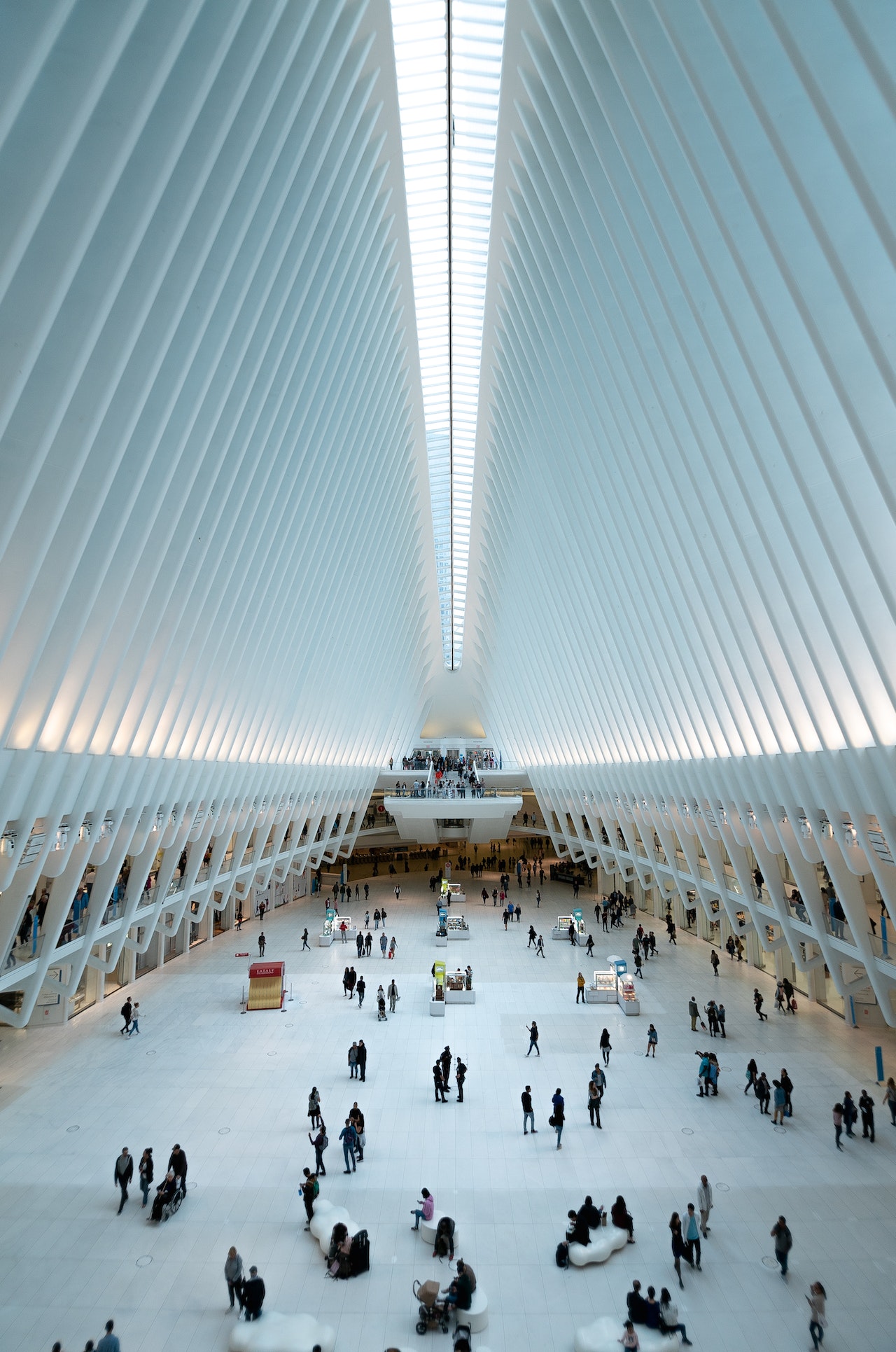The Science Behind Architecture
Architecture is an art form that combines aesthetics with science to create structures that are both beautiful and functional. From the towering skyscrapers of modern cities to the ancient pyramids of Egypt, architecture has been an integral part of human civilization for thousands of years.
In this article, we'll explore the science behind architectureand how it influences the design of buildings.
Basic Science Behind Architecture
At its core, architecture is the art and science of designing buildings and other structures. This includes everything from homes and office buildings to bridges and monuments.
Architects must take into account a wide range of factors when designing a structure, including its intended purpose, the environment in which it will be built, and the materials that will be used.
If you're interested in learning more about the science behind architecture, including the principles of design, materials and construction techniques, and sustainability, check out our article!
You can also visit Commercial Architecture Magazinefor more information and resources on the latest trends and innovations in the field.
Function And Form
One of the key principles of architecture is that a structure should be both functional and aesthetically pleasing. A building that looks beautiful but doesn't meet the needs of the people who use it is not successful architecture. Conversely, a building that is functional but ugly can also be considered a failure.
Architects must balance these two factors carefully when designing a structure. They must consider the needs of the people who will use the building, including how they will move through the space and what activities they will perform there. At the same time, they must create a design that is visually appealing and fits in with the surrounding environment.
The Science Of Materials
Another important aspect of architecture is the science of materials. Different materials have different properties, and architects must choose the right materials for each part of a building.
For example, steel is strong and durable, making it a good choice for the frame of a skyscraper. Glass is transparent and lets in natural light, making it a good choice for windows.
Architects must also consider the environmental impact of the materials they choose. For example, some materials are more sustainable than others, and architects must balance the durability and longevity of a material with its environmental impact.
Sustainability In Architecture
In recent years, there has been a growing focus on sustainability in architecture. Architects are increasingly using sustainable materials and designing buildings that are energy-efficient and environmentally friendly.
This includes everything from using renewable energy sources to designing buildings that are oriented to take advantage of natural light and ventilation.
Sustainable architecture is not only good for the environment, but it can also save money in the long run. Energy-efficient buildings require less energy to heat and cool, reducing energy costs and making them more affordable to operate.
The Importance Of Context
Context is another critical factor in architecture. Architects must consider the surroundings of a building, including the topography, climate, and cultural influences of the area. Buildings must fit into the surrounding landscape and complement the existing architecture in the area.
For example, a building designed for a coastal area may have a different design than a building in a mountainous region. Architects must also consider the cultural context of the area, including the local customs, traditions, and architectural styles.
The Role Of Technology
Technology has played a significant role in the evolution of architecture. Advancements in building materials, construction techniques, and design software have allowed architects to push the boundaries of what is possible. New materials, such as composite materials and nanomaterials, have opened up new possibilities for creating lightweight and durable structures.
Building information modeling(BIM) software has also revolutionized the design process, allowing architects to create virtual 3D models of buildings and test different design options before construction begins. This has helped reduce errors and improve efficiency in the construction process.
The Future Of Architecture
The future of architecture is exciting and full of possibilities. As technology continues to advance, architects will have access to even more powerful tools for designing and constructing buildings. New materials and construction techniques will allow architects to create structures that are more efficient, durable, and sustainable than ever before.
In addition, architecture will continue to be shaped by the changing needs of society. As populations grow and cities become more densely populated, architects will need to design buildings that are more efficient and can accommodate more people.
There will also be a greater focus on sustainability and designing buildings that minimize their environmental impact.
3d Rendering In Architecture
Rendering is an essential tool in the field of architecture that allows architects to create photorealistic images of their designs. With the help of rendering software, architects can create 3D models of their designs and apply textures, materials, lighting, and other details to bring their vision to life.
Rendering is not just a technical process; it is an art form. Skilled renderers can create images that are not only accurate representations of the design but also convey a sense of emotion, atmosphere, and mood.
These images can help clients visualize their projects and make informed decisions about design choices.
In addition to being a powerful communication tool, rendering is also a valuable tool for testing and refining designs. By creating virtual modelsof their designs, architects can test different design options and make adjustments before construction begins, saving time and money in the long run.
Overall, the art of rendering is a critical component of modern architecture, allowing architects to create stunning, realistic representations of their designs and communicate their vision effectively to clients and stakeholders.
People Also Ask
What Type Of Science Is Used In Architecture?
We are affected both practically and emotionally by how a building looks in its surroundings and how it feels inside. Architects use the scientific method to do research and come up with ideas for buildings on many different levels.
How Is Architecture Connected To Science?
Architecture is the art and science of making plans for and building big things. Those who want to study architecture will be interested in both science and art, and the admissions requirements for architecture usually look at both artistic skills and math skills.
Is Architecture Under Science Or Art?
Even though there are often artistic parts to architecture, it is just as much a science as it is an art. When making plans for a building, there are a lot of things to think about. All of these things can damage a building in big ways: earthquakes, strong winds, and a lot of rain.
Conclusion
Architecture is a complex and there is a lot of science behind architecturestructures that are both functional and beautiful. Architects must consider a wide range of factors when designing a building, including its intended purpose, the environment in which it will be built, and the materials that will be used.
By balancing form and function and focusing on sustainability, architects can create buildings that are not only aesthetically pleasing but also environmentally friendly and cost-effective.


